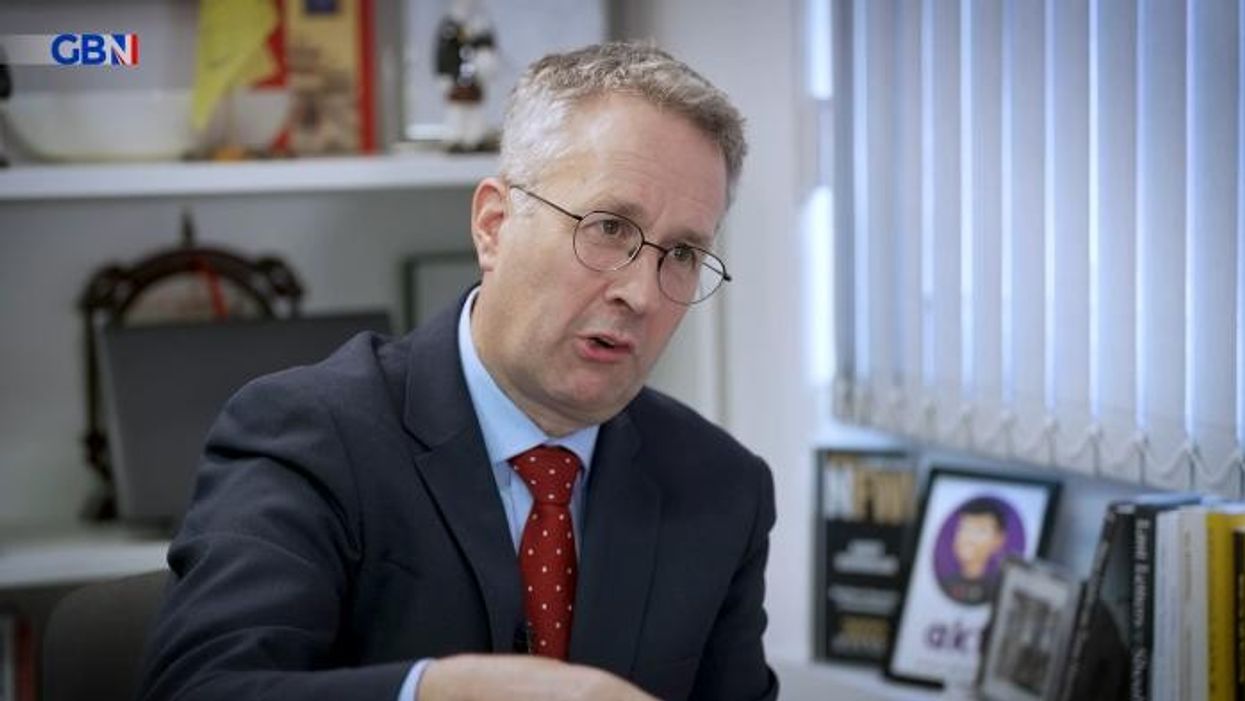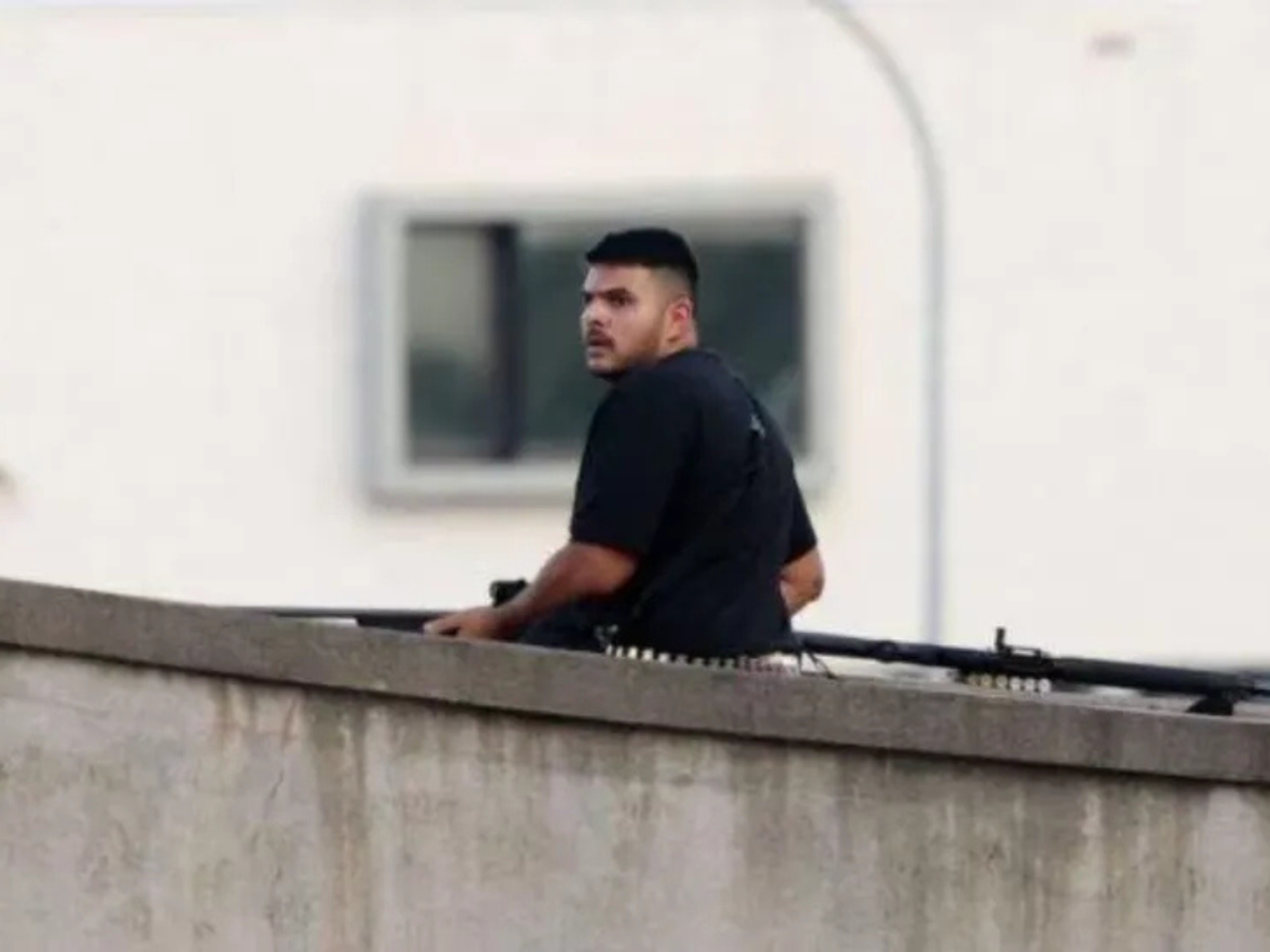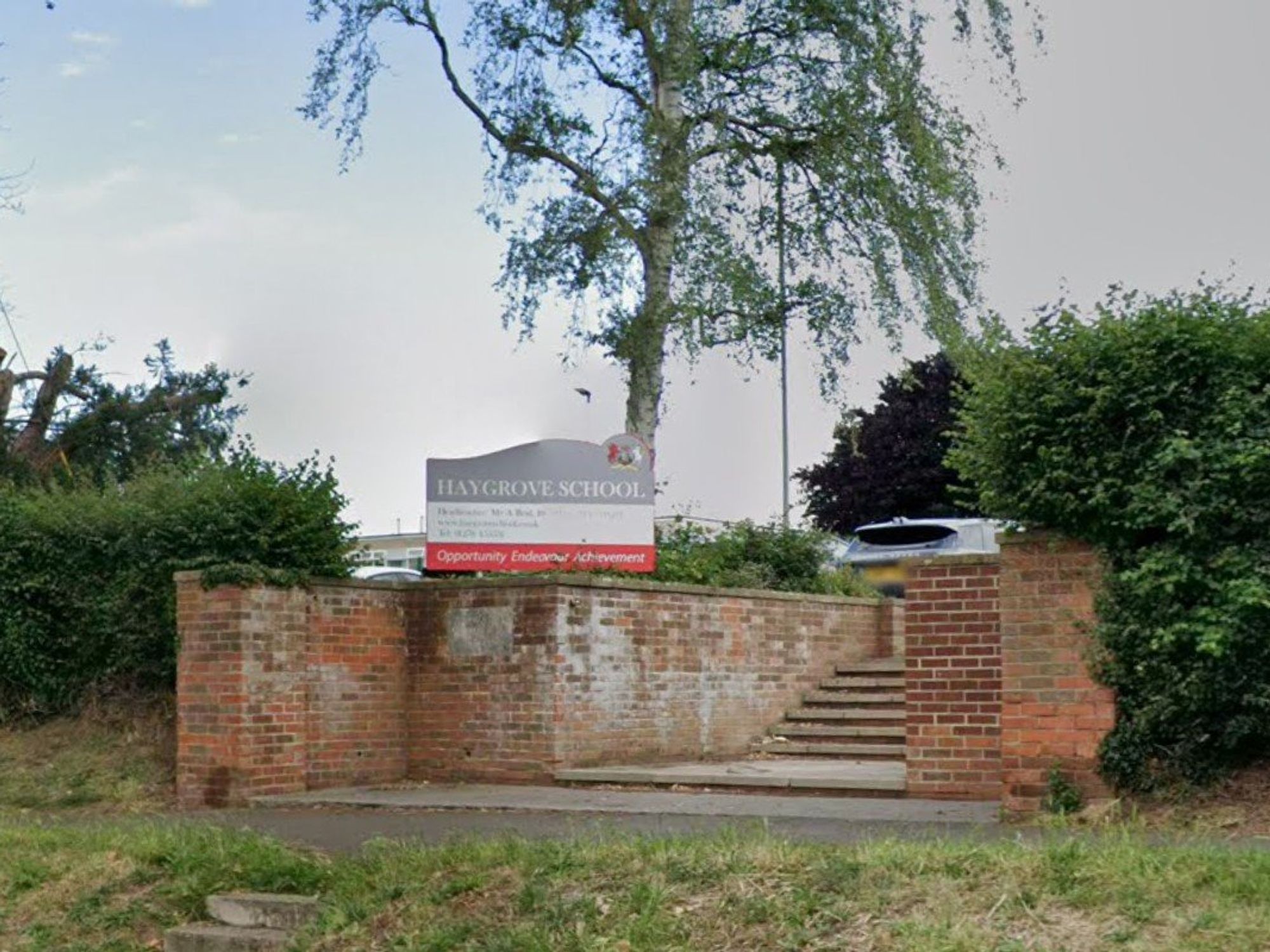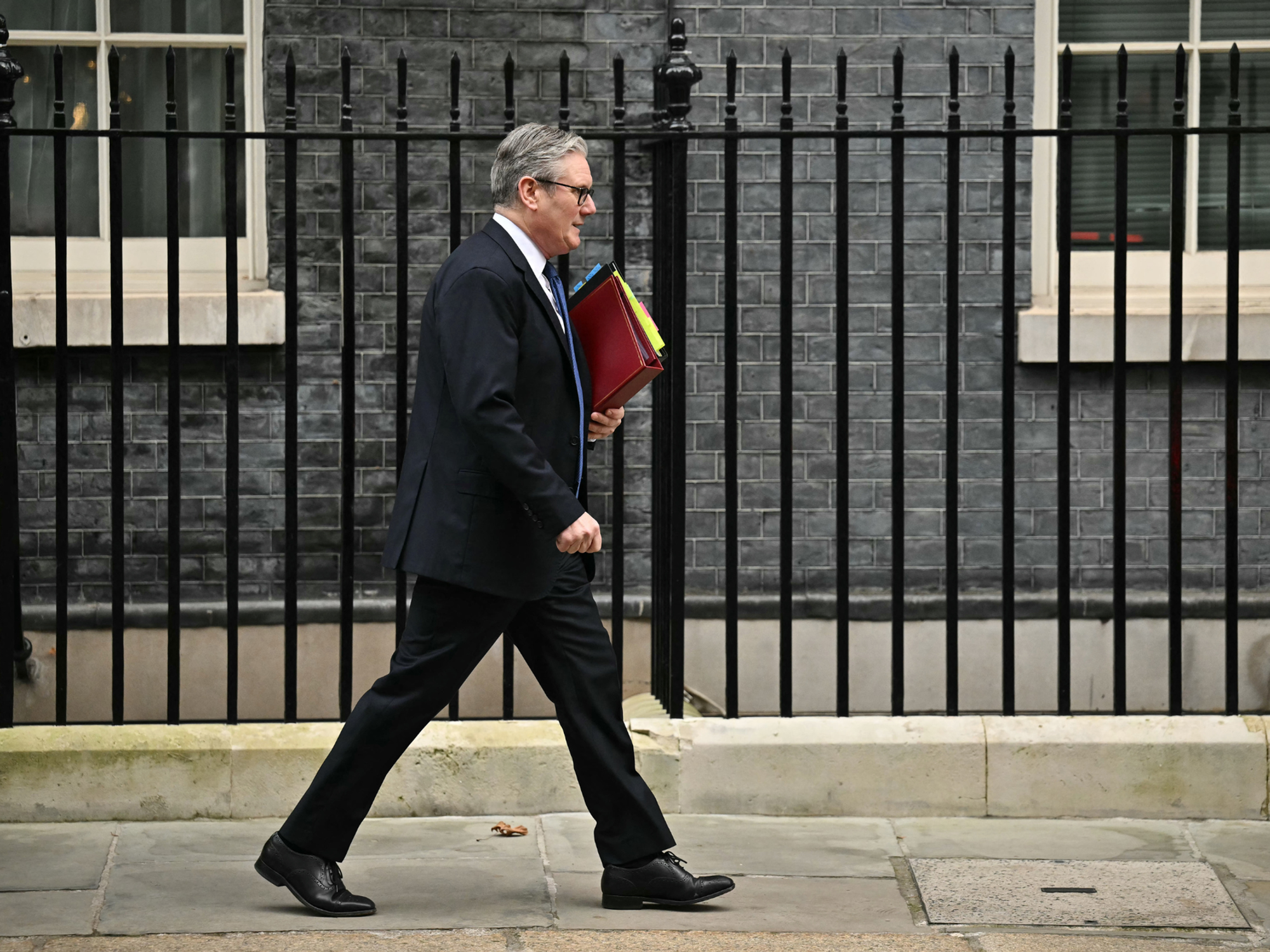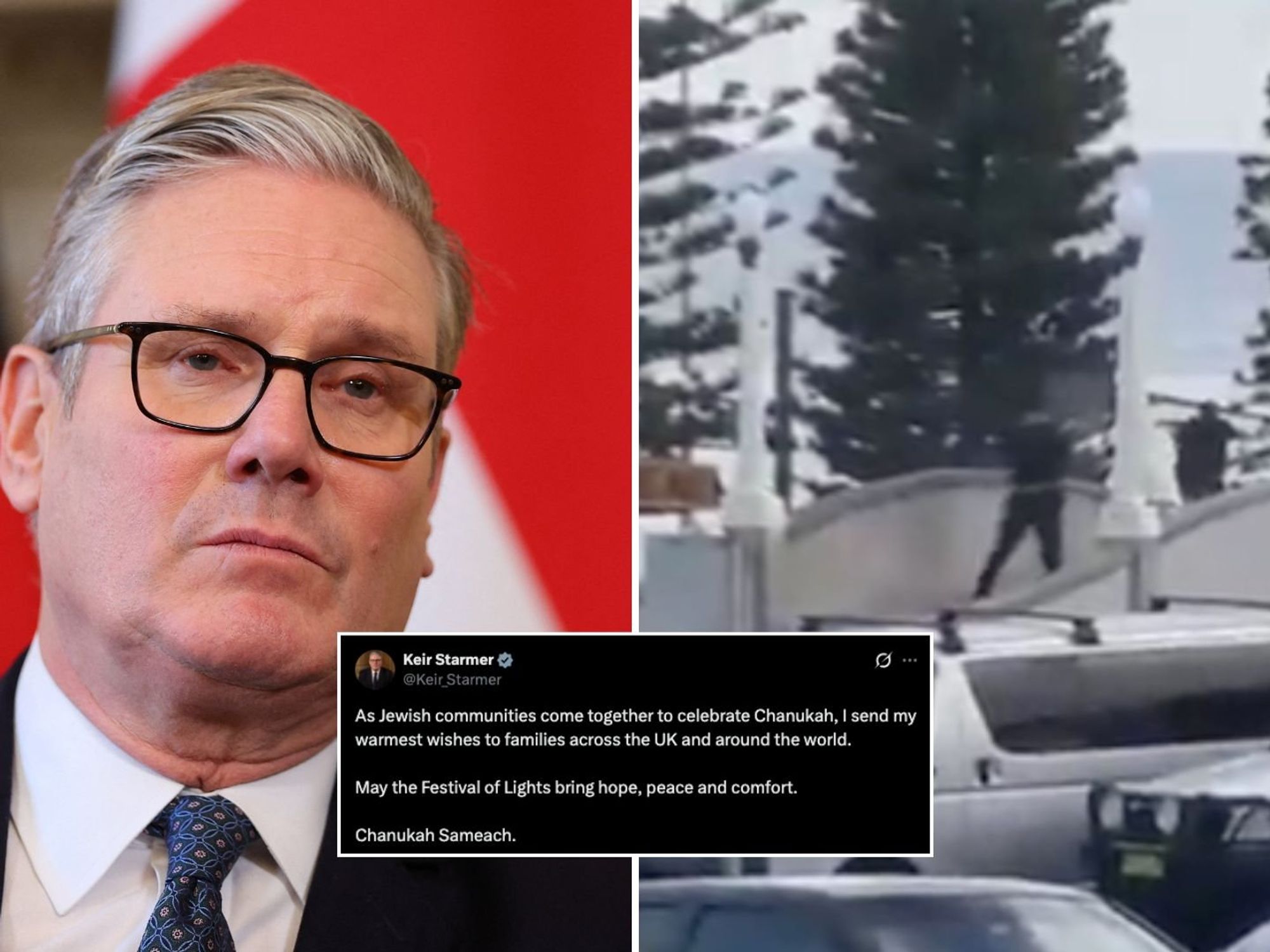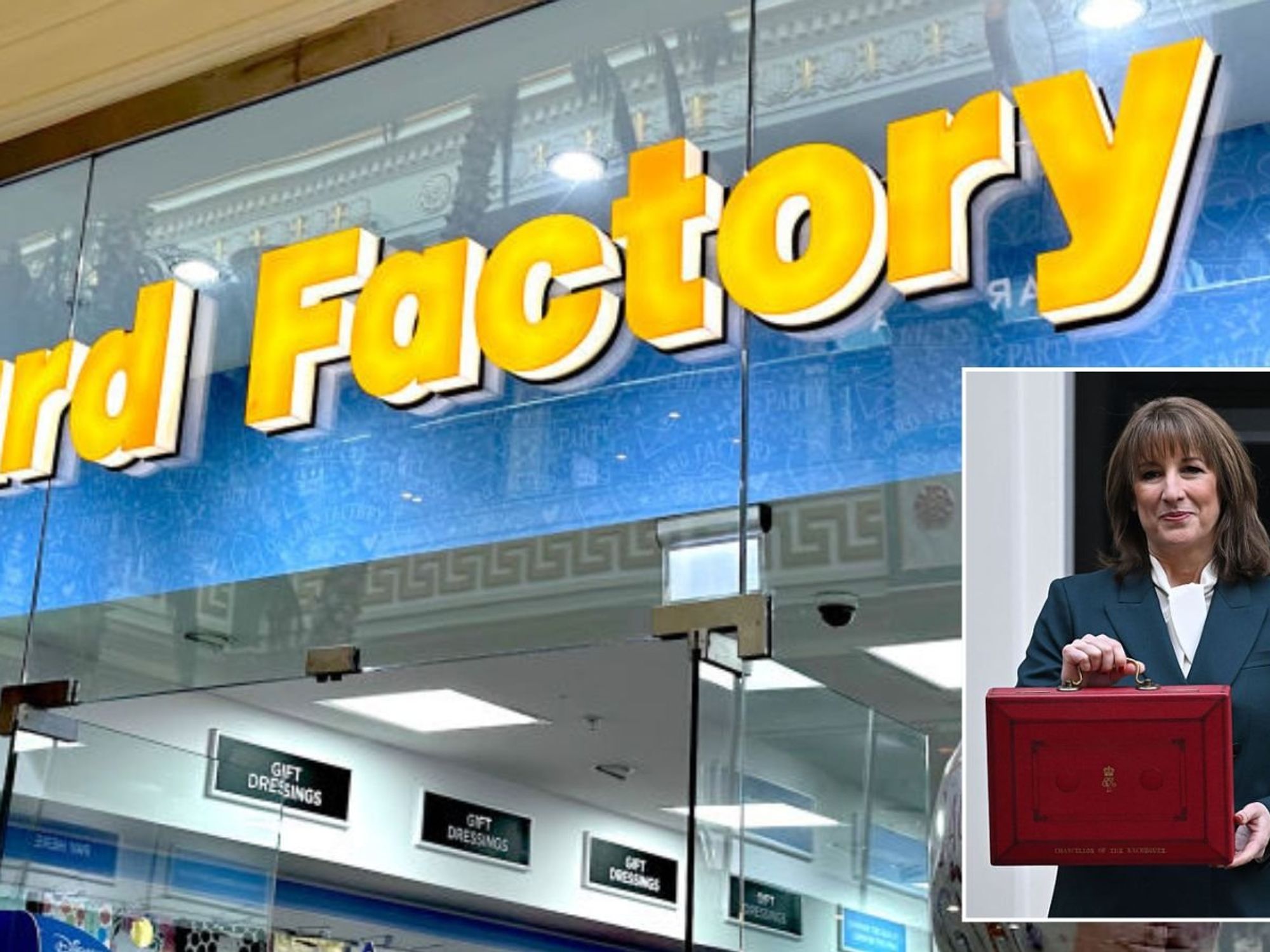Clean Air Zones being rejected could provide a key lifeline for petrol and diesel drivers - analysis by Felix Reeves

Cities are starting to reject Clean Air Zone plans in favour of alternative measures
Don't Miss
Most Read
Latest
It’s a surprise to no one that drivers aren’t the biggest fans of Clean Air Zones. Motorists face daily charges If they drive an older, more polluting car in their own city for the sake of cutting emissions.
Some Clean Air Zones could see drivers pay as much as £100 to use their vehicles. This is expensive at the best of times, let alone during the cost of living crisis and at a time when the price of motoring is at an all-time high.
Stoke-on-Trent became the latest area to reject the use of a Clean Air Zone, instead calling for alternative measures to ensure their pollution rates drop without charging motorists to the hilt for the pleasure of driving in their own city.
Jane Ashworth OBE, leader of Stoke-on-Trent City Council, likened plans for a Clean Air Zone to using a “sledgehammer to crack a nut”.
Do you have a story you'd like to share? Get in touch by emailing motoring@gbnews.uk

There are a number of Clean Air Zones across the country
|PA
She pointed to falling levels of older, polluting cars on roads across the city thanks to drivers switching to cleaner and more efficient vehicles.
If Clean Air Zone plans can be avoided by changing traffic routes and monitoring congestion routes, why can’t that be suitable for all cities?
It is clear that different cities suffer from different levels of pollution and, in some cases, a Clean Air Zone may be required. But is that the universal answer?
The Mayor of Greater Manchester Andy Burnham told GB News Political Editor Christopher Hope that if a CAZ were to be introduced, it would not be done in a way that taxes drivers.
He said the best outcome for Greater Manchester would be to use an “investment-led approach” rather than a “charging-based approach”.
Burnham continues, saying: “Can we now then agree that a Clean Air Zone is not right for Greater Manchester?
“I won’t have one. I said when I came in as Mayor that I wouldn’t have a congestion charge. I’ve also said I wouldn’t have a charging Clean Air Zone.
“When we first developed the Clean Air Zone idea, it was meant to be enough money in the system to help everybody upgrade their vehicles. And then with the pandemic, the cost of vehicles spiralled and hence there was the backlash which was understood and justified.”
The Labour mayor has instead opted for a new range of British-made electric buses as part of the Bee Network, something he has taken great pride in.
He added that thanks to his work, public transport costs in Greater Manchester had been cut by 20 per cent, further prompting drivers to get out of their vehicles.
Manchester’s CAZ was originally slated to launch in May 2022, as evidenced by the hundreds of signs across the city emblazoned with the wrong date.
Thankfully for drivers, some of the signs have been touched up with a large black spray-painted X to help clear things up and let them know that the measures will not be introduced.
LATEST DEVELOPMENTS:
- Major car brands face shortage chaos as brake pad makers launch indefinite strike action over pay
- Drivers risk paying £300 extra for car insurance with calls for urgent law changes - 'This isn't right!'
- Electric cars will only reach 30 per cent market share, Toyota boss says - 'Engines will surely remain'
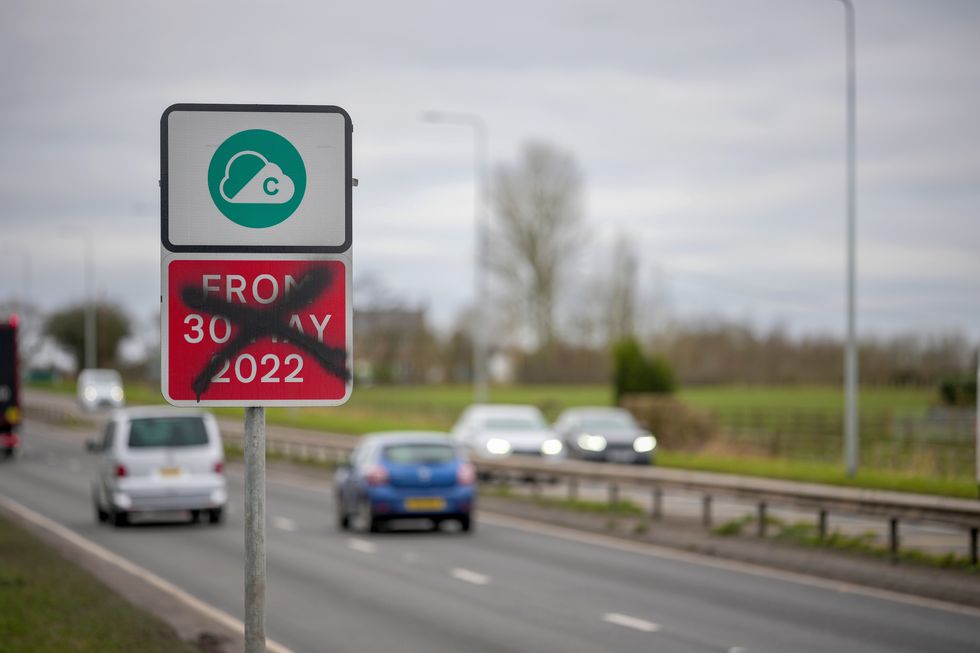
The scrapped Manchester Clean Air Zone signs have been modified
|GETTY
But that begs the question: If Andy Burnham doesn’t want a near-500 square mile Clean Air Zone for Greater Manchester, then why should other, smaller cities pay attention?
The Government website currently only shows Greater Manchester as having a future Clean Air Zone, although this is still under review. Whether other cities will launch an emissions-based charging CAZ or take a leaf out of Stoke-on-Trent's book remains to be seen.


